PTGS2 Target Analysis Report Summary


About the Target
Based on the provided context information, here is a comprehensive summary of viewpoints related to PTGS2 (or COX-2):
The cyclooxygenase (COX) pathway consists of two isoforms, COX-1 and COX-2. These enzymes convert arachidonic acid into prostaglandins (PGs) like prostaglandin E2 (PGE2) and prostaglandin H2 (PGH2) [1].
Activation of COX-2, along with nuclear factor-kappaB (NF-kappaB) and COX-1, occurs in response to vascular injury. This activation leads to increased production of proinflammatory cytokines, such as tumor necrosis factor-alpha (TNF-alpha) and interleukins (IL-1 and IL-6), as well as prostanoids like PGE2 and PGH2. Inhibition of COX-2, COX-1, and NF-kappaB by nonsteroidal anti-inflammatory drugs (NSAIDs) can block the production of these inflammatory mediators [2].
In the context of infants, there is an upregulation of PTGS2 (COX-2) in monocytes of HIV-unexposed (HU) infants compared to HIV-exposed uninfected (HEU) infants. This suggests that dampened PTGS2 expression may be a specific effect observed in HEU monocytes [3].
Under heat stress (HS) conditions, PTGS2 (COX-2) expression is stimulated along with the P38 MAPK and NF-kB pathways, potentially modulating the expression of TGF-beta. However, alpha-lipoic acid (ALA) inhibits the expression of PTGS2 (COX-2) and TGF-beta mRNA expression induced by HS [4].
Compound K (CK) has been found to suppress the expression of COX-2 in response to UVB-induced damage in the skin. It also affects other pathways related to photoaging, skin hydration, and melanogenesis, including ERK and JNK activity [5].
Overall, these viewpoints highlight the role of PTGS2 (COX-2) in inflammation, vascular injury, neonatal development, heat stress response, and skin-related processes.
Based on the provided context information, PTGS2 (synonymous with COX-2) plays a crucial role in the tumor microenvironment and tumor progression. The tumor microenvironment consists of various cell types, including stromal, endothelial, inflammatory, and immune cells. These cells release mediators, cytokines, and growth factors that support tumor progression. EGF and PGE2 activate EGFR, leading to its internalization via dynamin-dependent Clathrin and Caveolin endocytosis. Importin beta1 then transports EGFR into the nucleus, where it interacts with STAT3 and other transcription factors (TF).
Within the nucleus, nuclear EGFR promotes the transcription of specific genes, including CCND1, PTGS2, MYC, and NOS. This process ultimately leads to increased tumor cell proliferation [6]. The expression of nuclear EGFR and its associated gene signature have been linked to poor prognosis in non-small cell lung cancer (NSCLC) and may serve as a biomarker for patient outcomes and treatment selection.
In conclusion, PTGS2 (COX-2) is involved in the complex network of signaling within the tumor microenvironment. Its activation, along with EGF and PGE2, leads to the internalization and nuclear transportation of EGFR. This nuclear EGFR then interacts with transcription factors to promote the expression of specific genes involved in tumor cell proliferation. Understanding the role of PTGS2 and nuclear EGFR may have implications for prognostic assessment and treatment strategies in NSCLC [6].
Figure [1]
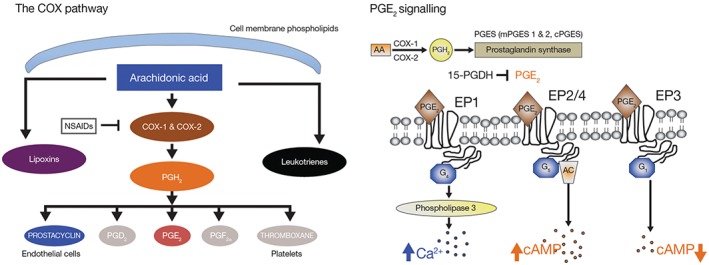
Figure [2]
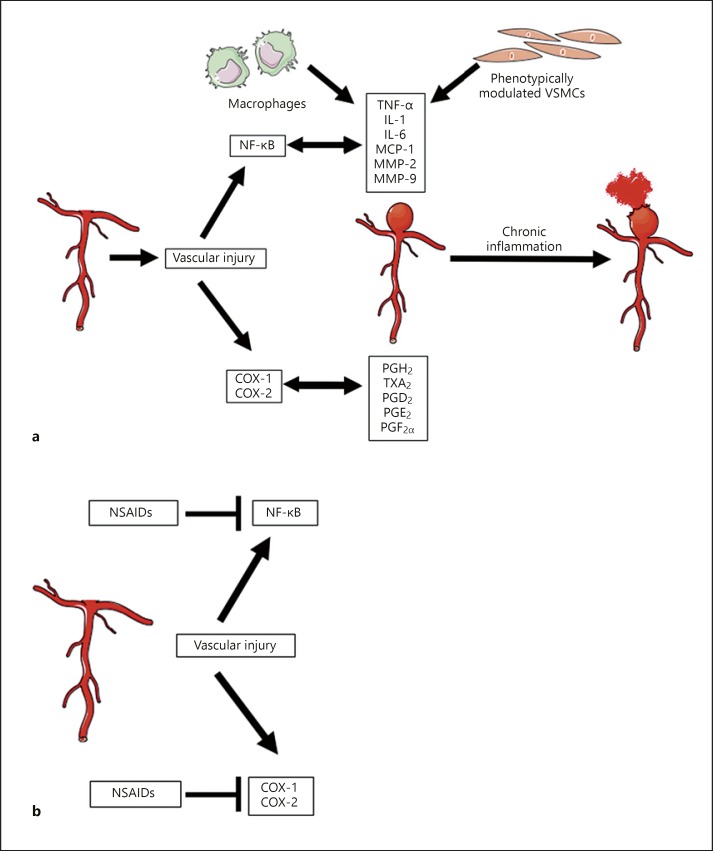
Figure [3]
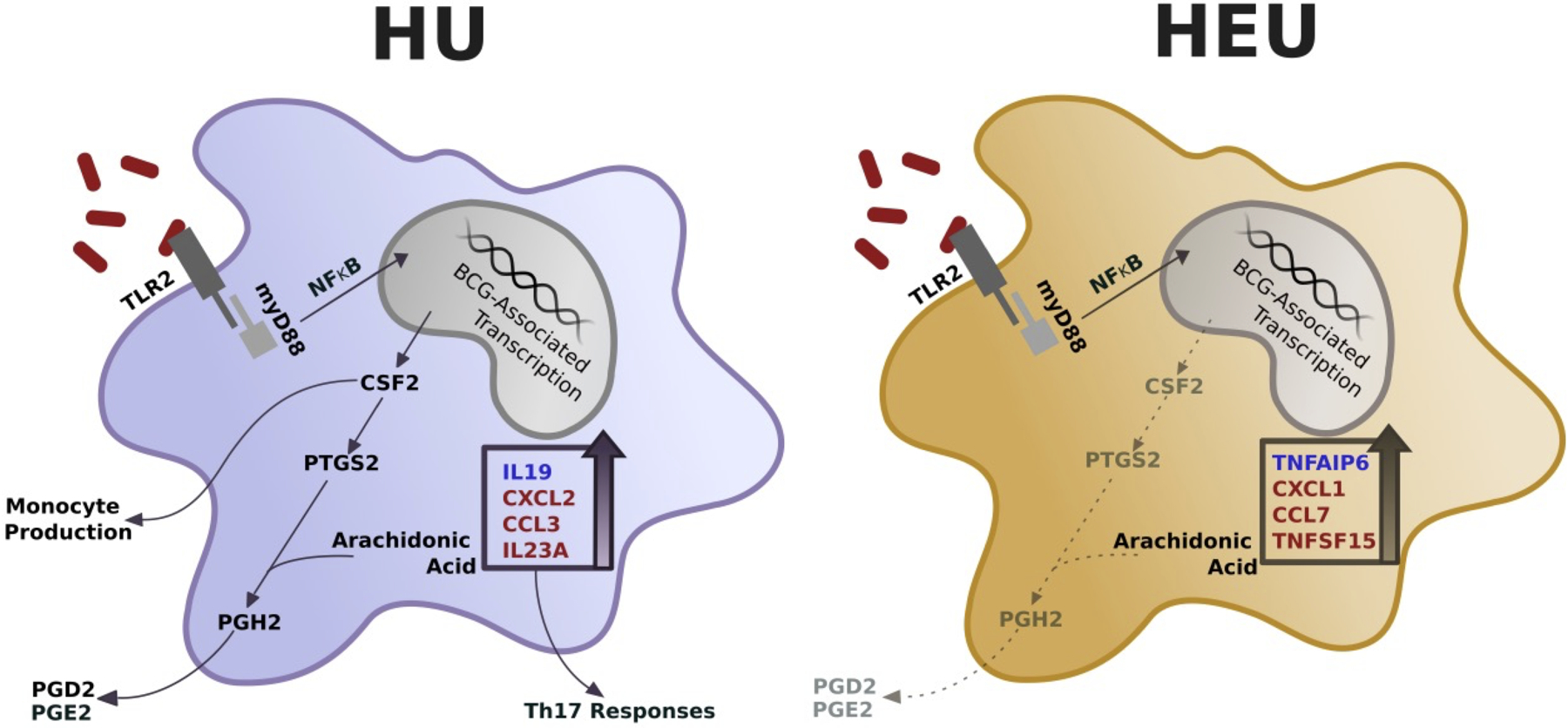
Figure [4]
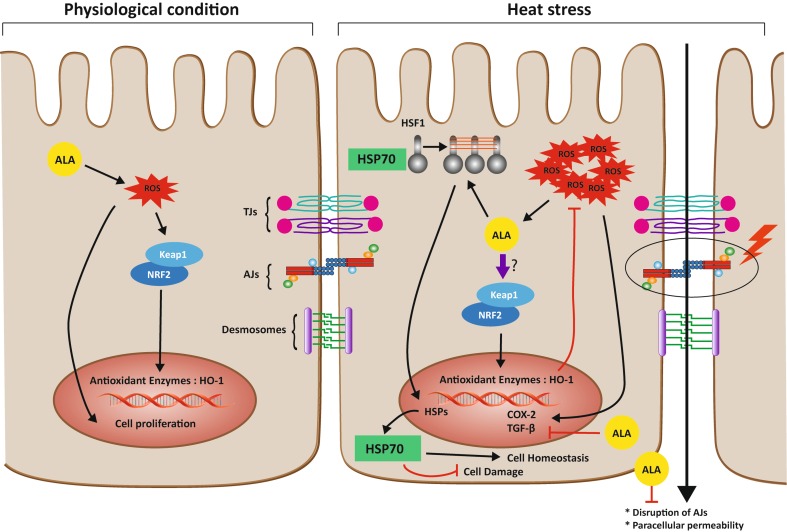
Figure [5]
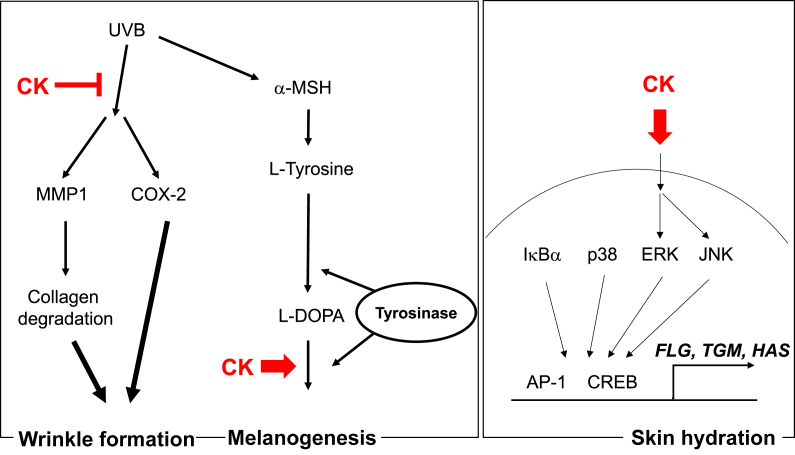
Figure [6]

Note: If you are interested in the full version of this target analysis report, or if you'd like to learn how our AI-powered BDE-Chem can design therapeutic molecules to interact with the PTGS2 target at a cost 90% lower than traditional approaches, please feel free to contact us at BD@silexon.ai.
More Common Targets
ABCB1 | ABCG2 | ACE2 | AHR | AKT1 | ALK | AR | ATM | BAX | BCL2 | BCL2L1 | BECN1 | BRAF | BRCA1 | CAMP | CASP3 | CASP9 | CCL5 | CCND1 | CD274 | CD4 | CD8A | CDH1 | CDKN1A | CDKN2A | CREB1 | CXCL8 | CXCR4 | DNMT1 | EGF | EGFR | EP300 | ERBB2 | EREG | ESR1 | EZH2 | FN1 | FOXO3 | HDAC9 | HGF | HMGB1 | HSP90AA1 | HSPA4 | HSPA5 | IDO1 | IFNA1 | IGF1 | IGF1R | IL17A | IL6 | INS | JUN | KRAS | MAPK1 | MAPK14 | MAPK3 | MAPK8 | MAPT | MCL1 | MDM2 | MET | MMP9 | MTOR | MYC | NFE2L2 | NLRP3 | NOTCH1 | PARP1 | PCNA | PDCD1 | PLK1 | PRKAA1 | PRKAA2 | PTEN | PTGS2 | PTK2 | RELA | SIRT1 | SLTM | SMAD4 | SOD1 | SQSTM1 | SRC | STAT1 | STAT3 | STAT5A | TAK1 | TERT | TLR4 | TNF | TP53 | TXN | VEGFA | YAP1

